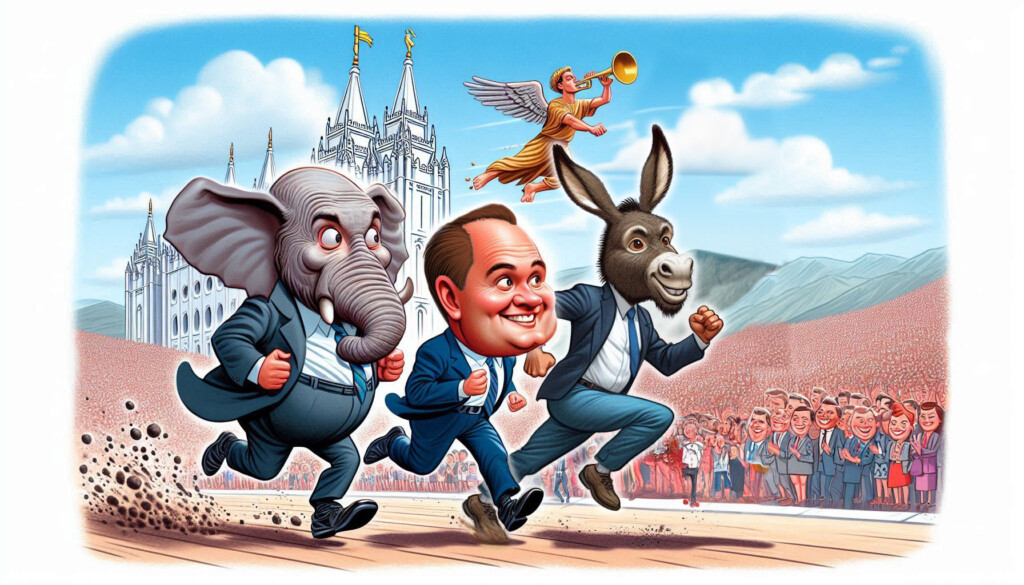The controversial inland port plans to use16,000 acres of land near the bird sanctuaries and wetlands of the Great Salt Lake: Executive Director Jack Hedge answers concerns on the Utah Stories Show.
Watch the video:
Listen to the podcast:
Jack Hedge is a newcomer to Utah, he was imported into Utah and is now the star player of the Inland Port Authority Board. Hedge, it seems, was brought in to help, especially Salt Lake County residents, understand how the port will benefit us. A marketing company helped to produce a very pretty strategic business plan (for nearly $1 million), showing how amazingly great the port will actually be for the environment, sustainability and the promotion of all things green. But despite the beauty of the plan, many environmentally-minded residents still aren’t buying it.
Utahns who don’t like the idea of the port, need to be brought back into the fold. Hedge has worked at other inland ports in California and more recently Tacoma, Washington, we will see if he can convince residents that the “Stop the Polluting Port” campaigns, activism and demonstrations against the port are unfounded.
Hedge says that with stormwater harvesting; the usage of solar technology; and the adoption of green energy, this port will create new high-tech jobs in Utah. Hedge also claims that it will have little to no impact on our air quality or bird migratory patterns because one of the major objectives will be to move cargo from trucks to rail and serve as a logistical hub for existing freight operations.
Hedge claimed that the new port will also help to sustain and protect the major migratory bird refuge area that the wetlands surrounding the Great Salt Lake.
“But how do migrating birds and additional planes in the sky go together? Those two things seem at odds with each other,” Richard Markosian asked Hedge.
Hedge said that these are planes that are already flying into Salt Lake and the inland port will serve as a means to handle far more of the logistical operations for moving international freight from Utah to more hubs throughout the country.
Mr. Hedge didn’t address the problem of how the billions of mosquitos which are the food supply for thousands of birds will be still available when these mosquitos will need to be poisoned to protect workers. The mosquito abatement issue and the poison required to protect workers is the major concern of Bryan Moench who operates Physicians for a Healthy Environment who said about the port:
“The newly released plan is filled with a lot of words like ‘sustainable,’ ‘renewable energy,’ ‘zero-emissions,’ ‘clean technologies,’ and ‘monitoring,’ but otherwise gives us no actual information. It gives us no reason to reconsider what has been obvious since the beginning. This inland port will bring a lot more pollution and dirty energy into the Salt Lake Valley, and is exactly the wrong direction for our economic future,” said Brian Moench, President of Utah Physicians for a Healthy Environment, in a statement.
RELATED STORIES:
True Lies About The Inland Port
Six Legal Questions Concerning Salt Lake City’s Inland Port
Inland Port boils over—former Mayor Rocky Anderson chimes in
Dr. Brian Moench Utah Physicians for a Healthy Environment
FOR MORE UTAH STORIES PODCASTS GO HERE.

![]()
![]()






